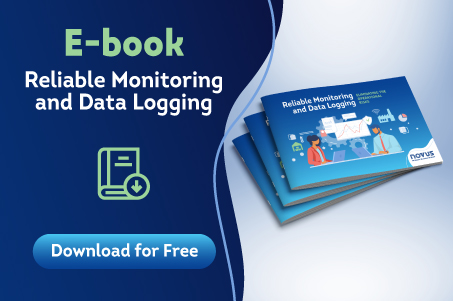9 important things you cannot forget if you want to ensure the quality of the medicines you store
The healthcare and pharmaceutical industries usually have very strict guidelines, as they deal with people’s lives. Most countries have their own legislation for good distribution, storage, and transportation practices for medicines.
But what are “good practices”?
Good practices are the actions that ensure the quality of something. Good practices in the distribution and storage of medicines are the guidelines to be followed during these processes. Tools that protect the system from inappropriate medicines are also included.
Any company involved in one of the stages of production, storage, distribution, or transportation must be extremely responsible. A medicine altered by external circumstances can cause a patient’s death. Thus, quality and safety are fundamental. In these companies, a Quality Management System must exist to document, verify, and ensure the specific requirements of each operation and their compliance.
Check out 9 tips to never forget and ensure quality in storage and transportation of pharmaceuticals
You should pay attention from the beginning of the process. When receiving a shipment of medicines, it is necessary to verify and register the transport and storage conditions (temperature, humidity, or light exposure requirements must be observed), check the integrity of the load, the lot numbers, expiration date, and quantities received, comparing them with the orders placed and the invoices received. Shipments of pharmaceuticals that do not meet the requirements must be returned immediately or quarantined to ensure quality.
You should map the processes that impact the quality of medicines. After that, the identified processes must be preceded and managed by standard operational procedures, creating records. The Quality Management System, which must have hierarchical autonomy within the company to properly perform its functions, is responsible for them.
Record the information with confidence! Quality management must guide the preparation, review, approval, distribution and control, training, codification, storage, and obsolescence of process documents. These documents, in physical or electronic format, must be registered and stored (with security measures against any unauthorized modification) and, when necessary, must be retrievable.
You should have an appropriate infrastructure for the service, a place that can be expanded or modified without losing quality. The area for receiving and shipping medicines, for example, must be separate. If this is not possible, you should adopt procedures to reduce the risk of exchanges, such as rotating shift schedules, delimiting the common area, or creating color coding. In addition, any storage areas should have restricted access. In the case of storage of returned, disapproved, or expired drugs, the access must have a special control.
Is your company’s equipment suitable for the activities it performs? The equipment and computerized systems of companies that work with storage or transportation of medicines must be qualified and validated before being used or after any significant change. In addition, it is essential to have a preventive maintenance program for the equipment.
Ideal climatic conditions to avoid changes in the product that has been delivered. Pharmaceutical storage areas must have equipment and instruments to control and monitor the required temperature and humidity. These instruments need to be calibrated before their first use and at intervals defined by their performance and the accuracy of the measurement. In addition, the monitoring instruments must be positioned according to the area’s thermal insulation qualification. If performed intermittently, its reading must correspond to the most critical periods. And, of course, the monitoring must be recorded, and these documents must be kept for at least two years after their creation.
Hygiene is a fundamental requirement. It may seem redundant to talk about hygiene when referring to any industry that deals with healthcare, but it is important to remember the requirements that companies dealing with storage and transportation of medicines must follow. The facilities should have flat, uncracked, dust-free surfaces to ease cleaning and avoid contamination. These facilities must be cleaned with cleaning equipment and agents approved for this purpose. Like all other processes, cleaning procedures must also be recorded. To ensure work efficiency, the facilities must have adequate lighting to allow all operations to be carried out accurately and safely.
Everything must stay in its place. Medicines should not be placed directly on the floor or against the walls. In addition, they should be kept at a minimum distance from the roof and should not be in direct sunlight. They should be stored according to a logical addressing that prevents exchanges and provides unambiguous location of the quantity stored.
You should create a routine checking. Periodic inventories of stock should be carried out. If the information is inconsistent, it must be registered and investigated to ensure that products have not been mixed, incorrectly billed, or stolen.

















